Can L.A.B. Putters Improve Your Putting? | Golf Gear Report | GolfPass
here at Laccasta at the PGA Tour Supertore Game Changers Summit here with the CEO of Lab Golf, Sam Han. Sam, let’s just get into it right now. Lab Golf, what does Lab even stand for? Lab stands for lie angle balance. Lie angle balance is a physics equation. Um, it’s an it’s an equation that we use to build these putters and balance them in a way that the putter face is actually seeking square throughout the stroke. So, you don’t have to manipulate the putter. See, I like the notion of seeking square. We all have, you know, talk open, shut, arc, etc., but this thing tries to seek square. I’ve seen the demonstrations with the revealer where you put in the device and you can see the putter kind of stay still. Talk about some of the tech and the research that went into even finding out. So, it’s actually an incredible way that the whole thing came about. So, the inventor is a guy named Bill Pressie. Um, Bill, like a lot of us, really good ball striker, super crappy putter. So he uh he was in a Steuart trailer one night and um and he he sort of picked up a putter and noticed that the second he picked it up, it flopped open. Yeah. So he actually built the first revealer out of a crutch and started hanging putters in it to kind of see how putters moved without, you know, trying to manipulate it. And so it was the revealer that came first that led him to discovering lie angle balance. So he grabbed an old putter head, started drilling holes all around it until he found a spot that he could stick the shaft where the putter stayed square. Wow. Now when we look at the tech in here now, I’ve got two different iterations of the putter. This is new. This is our newest one. This is the one I haven’t seen yet. So, let’s talk a little bit about what you’ve you’ve done with those putters to go into the Oz one. So, uh one of the things we really pride ourselves on is that we listen. We’re on social media constantly. What’s that? Sorry. Um yeah, we’re on social media all the time. We’re in WRX all the time, all the different forums and stuff and listening to the feedback. And the two biggest complaints that we get are ball speed. um because of the way we balance the putters, the CG is is really far behind the face and so that slows the ball speed down. So with Oz, we’ve been able to move the CG quite a bit closer to the front of the putter there. So the the ball speeds up a little bit. And then additionally, we’ve got this insert now. We’ve got a stainless insert that that’s an option. You don’t have to use it. Um but that’s also going to help get the ball speed up. With our our bigger mallets, we add shaft lean and then this kind of funny press grip here. Yeah, I was noticing the press grip. That’s I’ll tell you about that in a second. But um some people don’t like it. And so with the Oz, we’ve got the option to have a straight grip. So the shaft is completely vertical. You can put your favorite grip on there without affecting the balance or the technology. Oh, I love that. I love that. Every second of that. Now, let’s talk about how you’ve been able to come up with the weighting. I’m noticing a lot of weight to here. A lot of additional weighting. So this this equation um like the reason we call it lie angle balance is that we balance it to the lie angle. So not everybody is at 70 degrees. Every putter you go pick up at a, you know, at a store, generally they’re going to be somewhere between 69 and 71 degrees for for a lie angle here. We don’t think that everybody fits into that box. Some people like to have their hands real high. Some people like to have them low. But when you change where you put the shaft into the head, it changes the way that the putter balances. So, we need all these screws so that no matter what putter we’re making, no matter the shaft, the grip type, the lie angle, the swing weight, the static weight, the length, all of it, every single putter is handbalanced. Like we have to like literally we have this special device that we’re sitting there balancing these putters on. We have screws that range from two grams all the way on up to 18 grams. And every one of them is it own its own little cocktail of weights in order to make it balance perfectly. Well, I heard a rumor that these are also handmade. Every one of them. Yeah. So the the um we can’t massproduce them. There’s no way to to do it. And there’s, you know, some other companies out there, you know, working at similar technology. And one of the big drawbacks they have is that these companies need to massproduce. Um, in our case, our manufacturing process has always been that they’re hand balanced. So, we’ve built our company around that. So, yeah, even the the putters that are, you know, quote unquote stock that are sitting, you know, at a PGA Tour Superstore, those were hand balanced by somebody in Creswell, Oregon. Wow. Well, let’s talk about that grip. You alluded to it a little bit. This press grip. What did we notice in the in the design or the R&D why you guys put the grip forward or crooked? You said you said, not me. So, um, the press grip is so brilliant. The way that we get the putters to balance the way we do is by sticking the shaft very near the center of mass of the head. So you got a really big head here. So the center of mass is pretty far back. So if we were to put the shaft in perfectly vertical, the face would be so far in front of the hands that it would be pretty awkward. Sometimes the putter hasn’t rounded the corner yet before the hands get there and people miss out to the right. So what Bill did that was so brilliant, he drills the the bore hole here so that the shaft leans towards the target. So now by the time you get to the top of the grip, it’s back out in front of the face like it would be on any other part. That makes way more sense. But the problem now is now you got a crooked shaft leaning forward. So he then made the press grip, which then mitigates that by leaning back. So the target side of the grip after the shaft lean going this way, the grip lean going that way, um, has you way out in front of the face just like you would be on any other putter. I want to pick up this putter that I dropped because it’s too good to be on the ground by itself. Now we’ve got shaft press. You’re using multiaterial in the shaft. Let’s talk about a little bit. What kind of feedback or response are we getting when you change? This one’s steel. This one feels like graphite. So, what are you noticing with the two materials? So, one of the crazy things about our um our process is that we have found every single variable affects the way a putter balances. So, you could have 10 putters that are the same length lie um and and swing weight and they’ll end up with different screws in a different arrangement. And that’s because the tiny differences in the shafts, the tiny differences in the grips and all that. We found that steel was really inconsistent. Um we do now have a great partner um with True Temper um who’s worked at you know having steel shafts that have you know a little bit tighter concentricity but graphite is a lot easier to keep it super straight and super round. So we started experimenting with them and then in doing so we found there was crazy benefits you know to um what with putter shafts it seems a little weird that a putter shaft would make a difference but when you get out 30 40 50 feet a shaft does flex and it does recover. The reason that we haven’t put super stiff steel shafts and putters is because they feel terrible. And so what a lot of these carbon fiber companies have done is they figured out how to make ridiculously rigid shafts that still have a lot of feedback. Um, and the partners that we work with, we work with Acra uh TPT gears um and and True Temper there. And all of them have uh incredible feedback and are super super stout. Well, I know that the the shaft holes are custom bored for potential lie angle for individual people, but tell me a little bit about the the fitting process. If I want to go get into a lab putter, I’m at my PGA Tour Supertore, how am I supposed to get custom fit for this thing? So, you got two options. Um, you can do our remote fitting through the website, um, which is super simple. You just snap a quick cell phone video with some, you know, special instructions, or you can go into a supertore. Um, they all have their our fitting instrument. The good news is is that a lot of modern putting fitting is is figuring out what torque profile you should be using. Meaning like they there’s this narrative like if you have a certain kind of stroke, you should have towh hang and if you have a different kind of stroke, you should have a face balance thing. Well, the way that our putters, you know, torque and twist or don’t rather is the same for every one of our models. So, all we’re trying to do when we’re fitting you is to get you comfortable. And we have this fitting putter that has unlimited lie angle, unlimited length shortening, and all we’re trying to do is get you comfortable. You don’t have to fit into 70 degrees at 34 inches. If you want to, you know, be, you know, crouchy down guy that has your hands real low and the toes way up in the air, we can build that putter. We can build it all the way down to 63°. There’s no other company in golf that can do that. Or you can go the other way. If you’re somebody that likes having your hands real real high. Um, what you’ll do is you’ll go to the supertore, you’ll get on this adjustable fitting putter, mess around on the green for a while, and figure out what’s comfortable. So, I think what I hear you saying overall is we all might be better putters than we think. I like your style. Exactly. Right. We uh we have figured out a way to make putting a little bit less painful. Um you know, with other stroke sports like throwing a dart, shooting a free throw, playing pool, you’re not thinking about the instrument. You’re not thinking about the thing you’re using. You’re thinking about a target. With putting because they’re so unruly, you kind of have to think about the putter. In our case, we’re taking a little bit of that out of the equation. You get to get hyperfocused on your target, release a shaft to where you’re trying to hit the ball, and you’re going to get lucky a little bit more often. Well, I appreciate it. I’m going to go roll some on this green while we’re here. Appreciate it, man. Thank you so much. Check out Lab putters at your local PJ Tour Superstore.
⛳ Watch more Golf Gear Report: https://golfpass.social/w3le
Sam Hahn explains how L.A.B. (Lie Angle Balance) putters are created so that the putter face “seeks square” at impact. 2025 Golf Gear Report, presented by the PGA TOUR Superstore.
About GolfPass:
GolfPass is the one membership that connects golfers to every aspect of the game. Members enjoy unlimited access to all GolfPass video content, receive $10 monthly tee time credits, world-class golf instruction, travel tips, credit at popular resorts and other benefits included. GolfPass combines the very best of golf into one convenient, affordable membership.
Get more content from GolfPass:
Facebook: https://www.facebook.com/mygolfpass
Instagram: https://instagram.com/golfpass
Twitter: https://twitter.com/golfpass
TikTok: https://www.tiktok.com/@mygolfpass
Can L.A.B. Putters Improve Your Putting? | Golf Gear Report | GolfPass

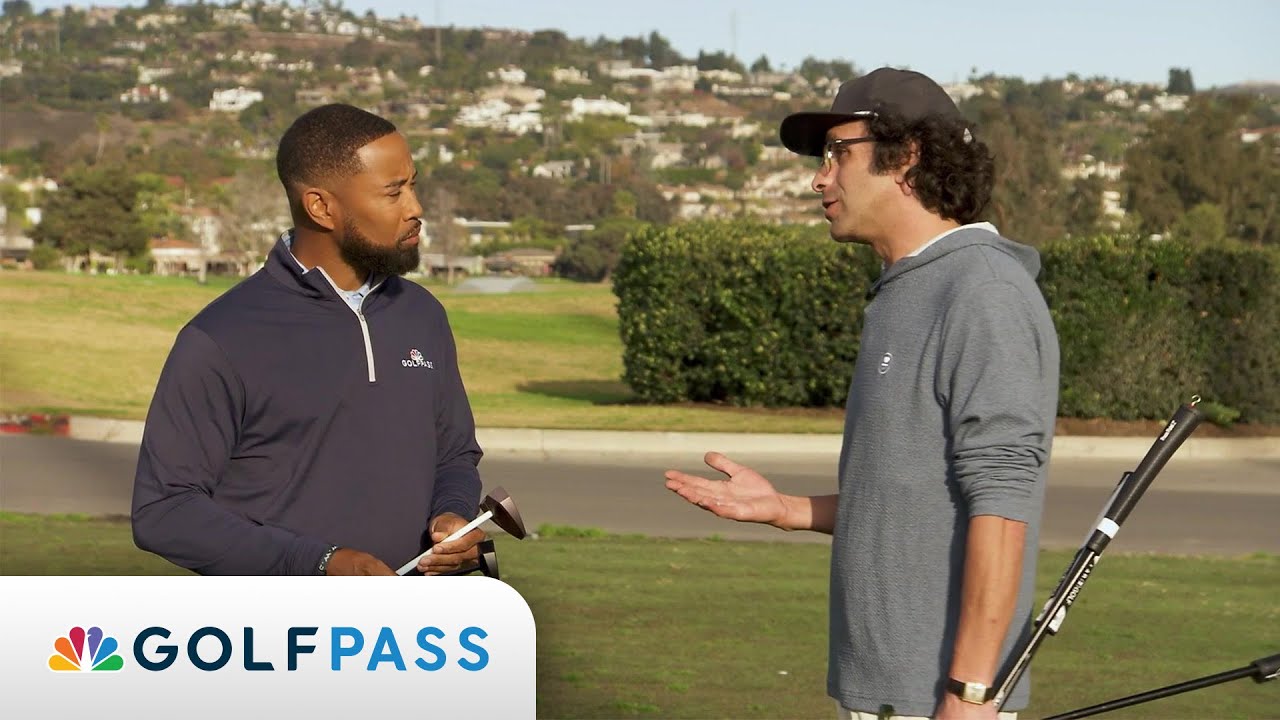


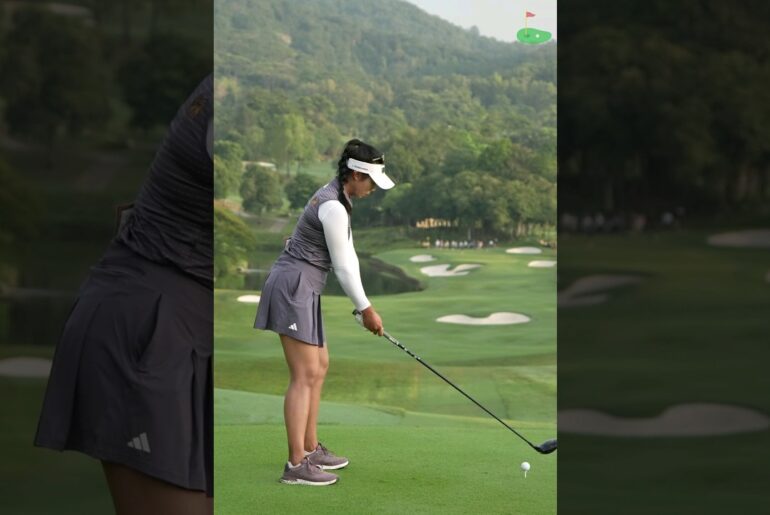
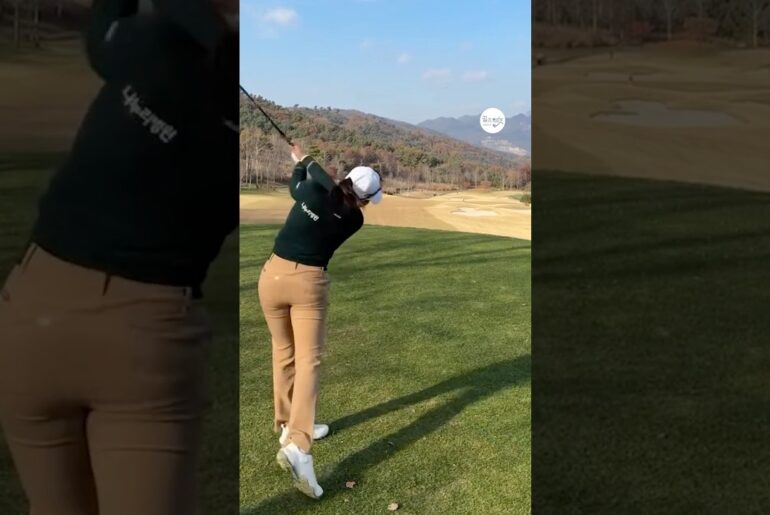
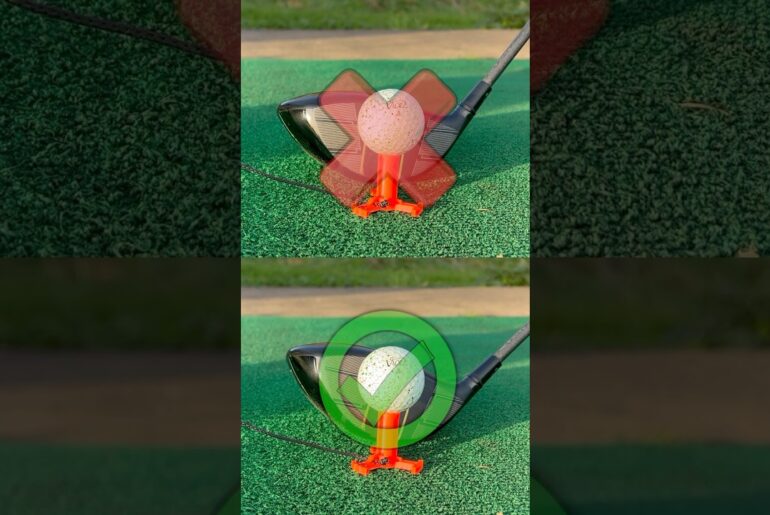
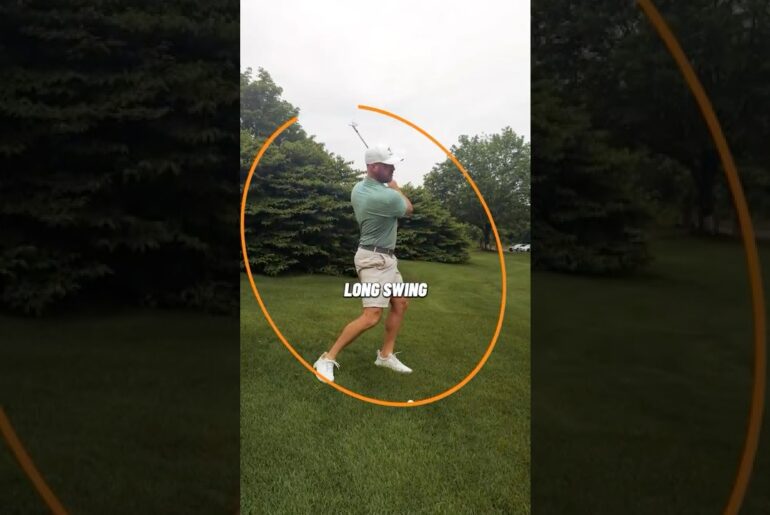
1 Comment
Cool backstory on how these came about.